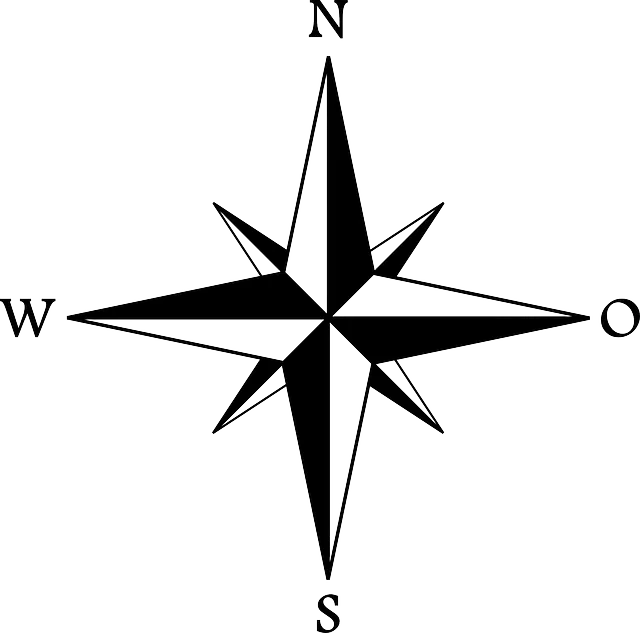
There are four cardinal points: north, south, east and west.
The concept of point can be understood in various ways depending on the context. It could be a place, a scoring unit, a circle-shaped mark or an orthographic sign, to name a few possibilities.
Cardinal , for its part, is an adjective that can refer to something that has great importance or that reflects the exact number of things that are mentioned in a conversation.
Taking these definitions in isolation, it is difficult to reconstruct the idea of a cardinal point . The notion refers to the four directions that arise from the rotation movement carried out by the Earth and that, in a Cartesian plane , allow a position to be determined.
Characteristics of the cardinal points
The cardinal points, therefore, point to different places and, as suggested in the previous paragraph, there are four: north , south , east and west . North indicates the location of the North Pole , while south indicates the location of the South Pole . The west , for its part, indicates the direction where the sun sets; east , the direction from which it leaves.
The term cardinal has a very interesting etymology, since it was obtained from "cardo", a Latin word that was used to identify the street in Roman cities that extended from north to south, passing through the center of the cities. themselves . If we take this ancient definition strictly into account, the only two cardinal points should be north and south, although mainly the first, since it was considered the objective.
North has always enjoyed more importance than the rest of the cardinal points, and this can already be seen from the design of compasses, which always take it as a reference to calculate the direction of the other three. In fact, when it is said that an individual "has lost his way" it refers to his lack of perspective in life, to the fact that he does not know how to continue, what his direction was.

A compass can help locate cardinal points.
Compass operation
Using magnetic needles, compasses point to the North Pole and allow a person to locate themselves by recognizing the cardinal points.
The compass , in any case, is not so simple to interpret: although it is said to point north, it is not geographical (the region that on a planisphere map we can associate with a certain portion of our planet), but rather magnetic . The only points that coincide between the two are those that are located on the same meridian. The terrestrial magnetic or geomagnetic field is generated by the Earth and humans have been studying it since the 17th century; It presents a gradual movement, and currently it is estimated that the distance traveled annually is approximately 40 kilometers.
This movement explains why the magnetic needle of the compass does not always point to the same geographical point. The geomagnetic field also undergoes a change in intensity, both increases and decreases, in addition to being able to reverse its polarity every thousands of years . Currently, its intensity is decreasing.
This explains why having a compass is not enough to orient yourself in the middle of a natural space. The cardinal points are one of those concepts that seem basic, that we learn from a young age, but that hide a much greater complexity than is apparent. On the other hand, they are usually associated with certain social issues, when the "North" is spoken of as a rich part of the population, as opposed to the "South", always ignored by the government.
The Wind Rose and the cardinal points
The structure of the cardinal points allows us to create a kind of cross, whose right angles can be divided into different bisectors. In this way, the Compass Rose is composed, which is used as guidance for navigation.
These bisectors, on the other hand, give rise to directions that are located between one cardinal point and another: northwest, northeast, southwest and southeast.
